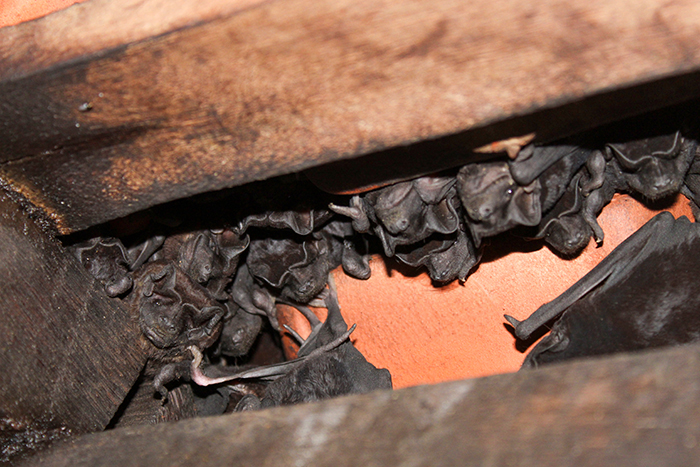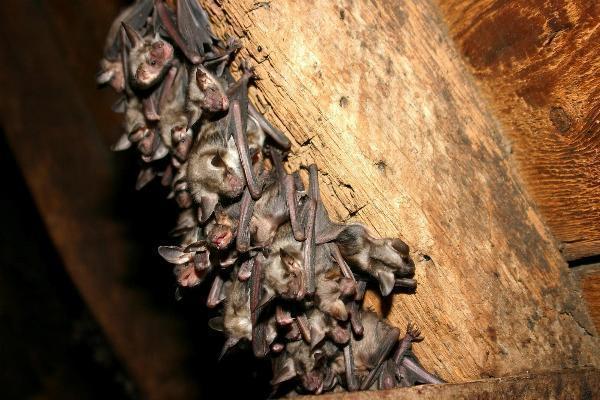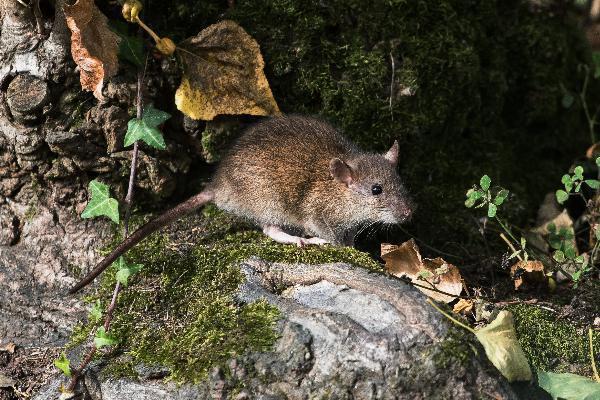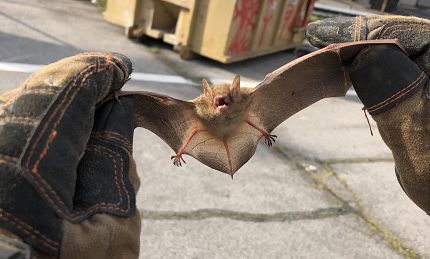 Zapier Automation – Automate Publishing. Free Your Time!
Zapier Automation – Automate Publishing. Free Your Time!
Effective Methods for Squirrel and Bat Removal
Written by Hermione » Updated on: June 17th, 2025

Dealing with unwelcome bats and squirrels in or around your home can be frustrating. While these wildlife creatures may seem cute from a distance, having them take up residence in your attic or walls is no laughing matter. Fortunately, there are several effective methods you can use for squirrel and bat removal and exclusion without harming them.
Why Bats and Squirrels Enter Homes
There are a few key reasons bats and squirrels find their way into homes:
Shelter
Bats and squirrels are always on the hunt for safe, warm, and dry shelter. Attics, eaves, and soffits often provide the perfect nursery and roosting spot for them to raise their young. Once inside, they can be difficult to evict.
Food Sources
Access to food and water are big motivators for bats and squirrels entering homes. Pet food left out, unsecured trash cans, gardens, and fruit trees all supply nourishment. They follow the food trail straight inside.
Small Entry Points
Bats and squirrels can squeeze through incredibly small holes and gaps in siding, vents, chimneys, and roofs. An opening as small as 1/2 inch is large enough for them to gain entry. This allows easy access for entire colonies.
Health & Safety Risks
Allowing bats and squirrels to live in your home comes with some notable health and safety risks:
Accumulation of guano and urine - Can cause odor issues and spread diseases
Structural damage from gnawing and digging - Leads to costly repairs
Tangled in wires & insulation - Can create fire hazards
Rabies exposure - Bats are the most common source of rabies in the U.S.
Bite and scratch risks - Both species will defend themselves if cornered
Noisy sounds - Disruptive chirping, scratching, thumping
For these reasons, bat and squirrel removal is highly recommended. But it's important to use proper humane exclusion methods.
Effective Bat Removal Approaches
Here are some of the most effective and humane ways to get rid of bats from your home:
Exclusion at Roost Sites
Bats have very specific entry and exit points called roost sites. Once located, these can be sealed shut with foil, steel wool, caulk, foam, or other materials. This is best done in the evening when bats have left to feed. One-way exclusion devices can also be installed to let bats leave but not re-enter.
Removal of Roosting Sites
Eliminating access to attics, soffits, porches, and other roosting spots forces bats to find alternate shelter. Carefully sealing, screening, and closing off potential roosting sites permanently blocks access. This exclusion technique works well during winter hibernation.
Ultrasonic Repellers
Special ultrasonic devices emit high frequency sounds that irritate bats and drive them away from roosting sites in attics or buildings. They simulate distress calls that indicate danger and signal bats to avoid the area. For best results, ultrasonic repellers should be used in combination with exclusion methods.
Lighting Modifications
Installing bright lights or eliminating outdoor lighting altogether makes a property less attractive to bats. Bats avoid well-lit areas, so floodlights directed at roost sites encourages bats to leave. Lighting changes also reduce insect presence, limiting the bat's food source.
Effective Squirrel Removal Techniques
Managing squirrels requires slightly different removal and prevention strategies:
Live Trapping
Humane live cage traps baited with nuts, seeds, or fruit are very effective at capturing nuisance squirrels. Trapped squirrels can be relocated far away from homes to suitable habitat. Be sure to release squirrels within 24 hours to avoid injury or stress.
Deterrents
There are several taste, smell, and touch deterrents that can help keep squirrels out of homes. Methyl nonyl ketone crystals, ammonia-soaked cotton balls, and chili pepper powder are examples. Strong vibrations from electronic repellers also deter squirrels.
Blocking Entry Points
Sealing off all possible entry holes into an attic, eave spaces, or walls prevents access. Focus on small openings, loose vents, knotholes, and gaps around utility lines. Wire mesh, hardware cloth, metal flashing, caulk, foam, wood, and other materials can exclude squirrels.
Removal of Food Sources
Eliminating outdoor pet food, properly managing trash bins, and keeping bird feeders inaccessible to squirrels removes a primary attraction. Trimming overhanging tree branches and removing fruit/nut trees can also eliminate squirrel food sources near a home.
Frightening Devices
Motion activated sprinklers, predator decoys (like owls), and noise/ultrasound emitters scare and startle squirrels away from homes. These tools add sensory discomfort and make squirrels feel unsafe in the environment.
When to Call a Professional
For severe bat or squirrel infestations, professional removal services may be needed:
- Large established colonies and repeat offenders
- Squirrels trapped within walls/attics
- Bats roosting in hard-to-reach locations
- Health risks from accumulated guano
- Aggressive behavior and bites
- Inability to locate entry points
- Damaged wires, ventilation, or structural components
Licensed wildlife control experts have the skills, protected status, proper equipment, and experience for humane bat and squirrel eviction, cleanup, and exclusion that prevents reentry. Calling them provides safe and effective solutions.
Take Preventive Measures
Here are some key tips to prevent unwanted bats and squirrels from invading your home:
- Seal all possible entry holes and gaps with appropriate materials
- Install chimney caps and vent screens as needed
- Trim back tree branches overhanging the roof
- Keep gutters clean and clear of debris
- Use durable metal trash cans with tight lids
- Remain diligent about attic, vent, and roof inspections
- Never intentionally feed or attract wildlife near your home
With smart prevention and the right removal methods, you can successfully get rid of unwelcome bats and squirrels humanely and effectively. A clean, wildlife-free home provides peace of mind.
Conclusion
Bats and squirrels can be tricky creatures to remove once they've settled into your home. But with an understanding of their behavior, careful inspection, targeted exclusion and deterrent techniques, and prevention measures, you can convince them to leave humanely and permanently. Seeking professional help for large infestations and hidden roosting spots ensures proper bat and squirrel removal. With some persistence and the right approach, you can reclaim your home from unwelcome wildlife intruders.
Note: IndiBlogHub features both user-submitted and editorial content. We do not verify third-party contributions. Read our Disclaimer and Privacy Policyfor details.
Copyright © 2019-2025 IndiBlogHub.com. All rights reserved. Hosted on DigitalOcean for fast, reliable performance.












